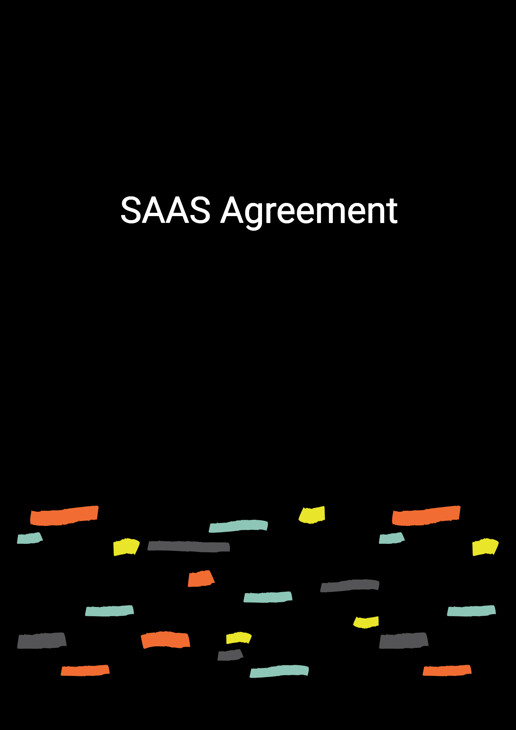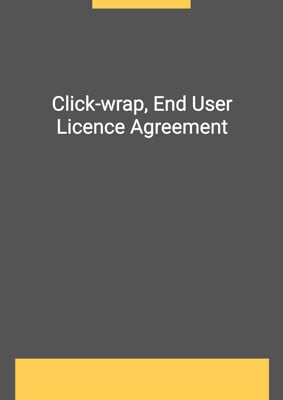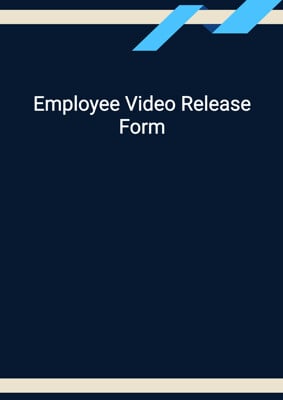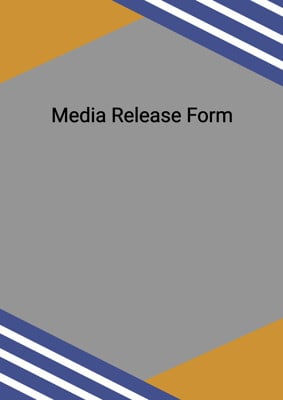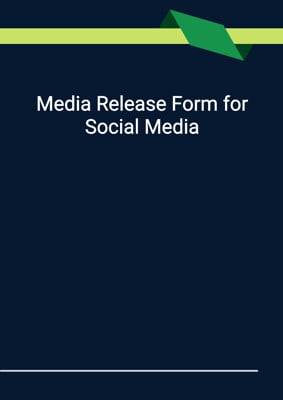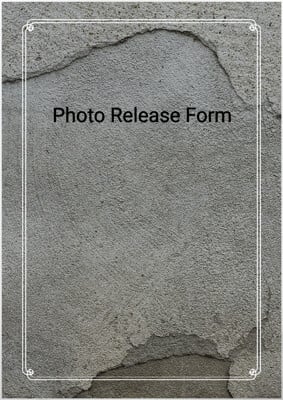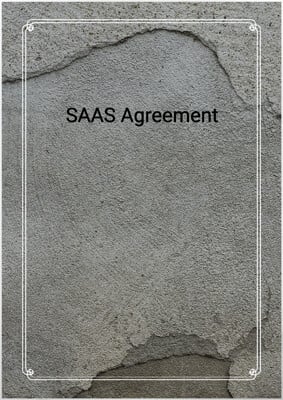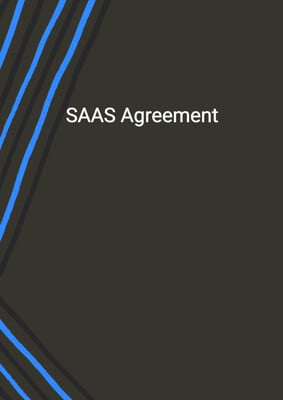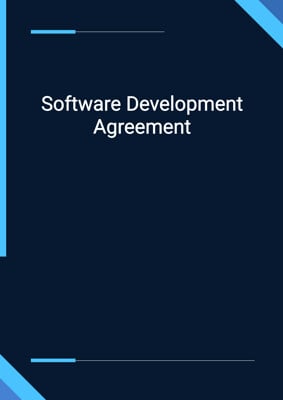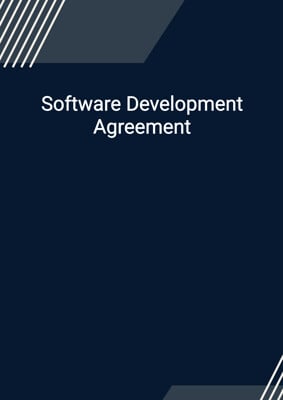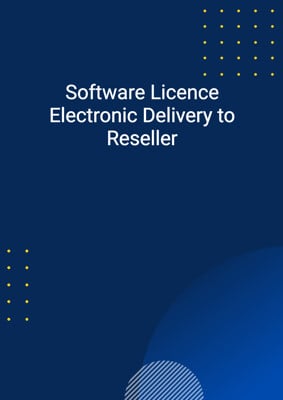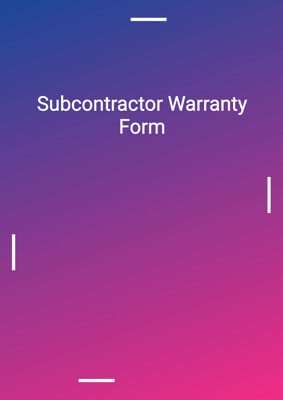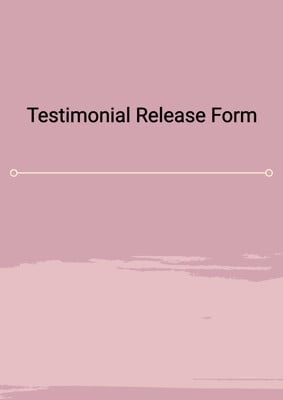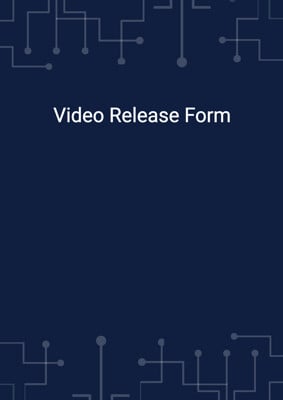How to Tailor the Document for Your Need?
01
Create Document
Fill in the details of the parties. You can click the "Fill with Member’s Information" button to complete it with information saved to your account.
02
Fill Information
Please fill in any additional information by following the step-by-step guide on the left hand side of the preview document and click the "Next" button.
03
Get Document
When you are done, click the "Get Document" button and you can download the document in Word or PDF format.
04
Review Document
Please get all parties to review the document carefully and make any final modifications to ensure that the details are correct before signing the document.
Document Preview
Document Description
The SAAS Agreement is a legal document that outlines the terms and conditions for the provision of software as a service by the Company to the Client. It is important because it establishes the rights and responsibilities of both parties and ensures that the services are provided in a professional and diligent manner.
The entire document is divided into several sections, each addressing different aspects of the agreement. The first section is the interpretation, which provides definitions for key terms used throughout the agreement. This ensures clarity and understanding of the terms used.
The second section outlines the responsibilities of the Company, which include providing the services to the Customer in a professional and diligent manner, complying with all applicable laws and regulations, and notifying the Customer of any expected delays or problems in providing the service.
The third section outlines the responsibilities of the Customer, which include registering for an account, keeping account log-in details confidential, allowing authorized users to access the software and service, and obtaining and maintaining any necessary equipment and services.
The fourth section grants the Customer a license to use the services, subject to certain restrictions. The Customer is prohibited from copying the software, reverse engineering or modifying the services, and removing or obscuring any copyright or proprietary notices.
The fifth section outlines the payment terms, including the fees to be paid by the Customer, the consequences of late payment, and the exclusion of taxes from the fees.
The sixth section addresses intellectual property rights, stating that the Company owns all rights, title, and interest in the services and software. The Customer is granted a limited license to use the services for internal business purposes.
The seventh section limits the liability of the Company and its affiliates for any loss or damage resulting from the use of the services. It also provides the Customer's sole and exclusive remedy for dissatisfaction with the services.
The eighth section includes indemnification provisions, where both parties agree to indemnify each other against any claims or liabilities arising from the use of the services.
The ninth section addresses the ownership and responsibility of customer data, stating that the Customer retains ownership of all customer data and is responsible for its accuracy, security, and compliance with applicable laws.
The tenth section includes liability disclaimers, stating that the Company is not responsible for any suspension or interruption of the services, and does not guarantee the stability or uninterrupted use of the system.
The eleventh section addresses the confidentiality of information exchanged between the parties, stating that both parties shall keep confidential any information disclosed during the agreement.
The twelfth section outlines the term and termination of the agreement, including the right to terminate for breach or non-payment.
The thirteenth section addresses force majeure, stating that neither party shall be liable for any delay or failure to perform their obligations due to events beyond their control.
The fourteenth section prohibits the assignment or transfer of rights and obligations under the agreement without prior written consent.
The fifteenth section clarifies that the agreement does not establish a partnership or agency relationship between the parties.
The sixteenth section states that no failure or delay in exercising any right or remedy under the agreement shall constitute a waiver of that right or remedy.
The seventeenth section states that the agreement constitutes the entire agreement between the parties and supersedes any previous agreements or understandings.
The eighteenth section addresses severance, stating that if any provision of the agreement is invalid or unenforceable, it shall be modified or deleted to the extent necessary to make it valid and enforceable.
The nineteenth section addresses notices, stating that any notice under the agreement shall be deemed given when delivered by hand, email, or post.
The twentieth section allows the agreement to be executed in counterparts, with each counterpart constituting a duplicate original.
The twenty-first section states that the agreement does not confer any rights on third parties.
The twenty-second section provides for arbitration and specifies the proper law governing the agreement.
Overall, the SAAS Agreement is a comprehensive document that covers all aspects of the provision of software as a service and ensures that both parties understand their rights and responsibilities.
How to use this document?
To use the SAAS Agreement, follow these steps:
1. Review the entire agreement to understand the terms and conditions.
2. Ensure that both parties' information, including their principal place of business, is accurately entered in the agreement.
3. Specify the price and completion date for the work to be carried out by the Contractor.
4. Clearly describe the type(s) of services to be provided by the Contractor.
5. Agree on the length of warranty and time of payment after the completion of the work.
6. Specify the amount of damages per week that the Customer is entitled to if the work is not completed by the completion date.
7. Ensure that the Customer registers for an account via the website and keeps the account log-in details confidential.
8. Allow authorized users to access the software and service through the website on behalf of the Customer.
9. Immediately notify the Company of any violation of the terms of the agreement by any authorized user(s) of the service.
10. Obtain and maintain any necessary equipment and ancillary services needed to connect to, access, or use the services.
11. Use the services only in compliance with the Company's SAAS Acceptable Use Policy and all applicable laws and regulations.
12. Pay the fees as set out in the agreement and ensure timely payment to avoid late payment charges.
13. Back up all customer data separately and ensure its accuracy, quality, security, and compliance with applicable laws.
14. Notify the Company of any expected delays or problems in providing the service.
15. If any dispute arises, use all reasonable endeavors to resolve it amicably and in good faith.
16. Keep all information disclosed during the agreement confidential.
17. Comply with the termination provisions of the agreement, including giving written notice of termination if desired.
18. Keep records of all payments made and received under the agreement.
By following these steps, you can effectively use the SAAS Agreement and ensure compliance with its terms and conditions.
Not the right document?
Don’t worry, we have thousands of documents for you to choose from:
